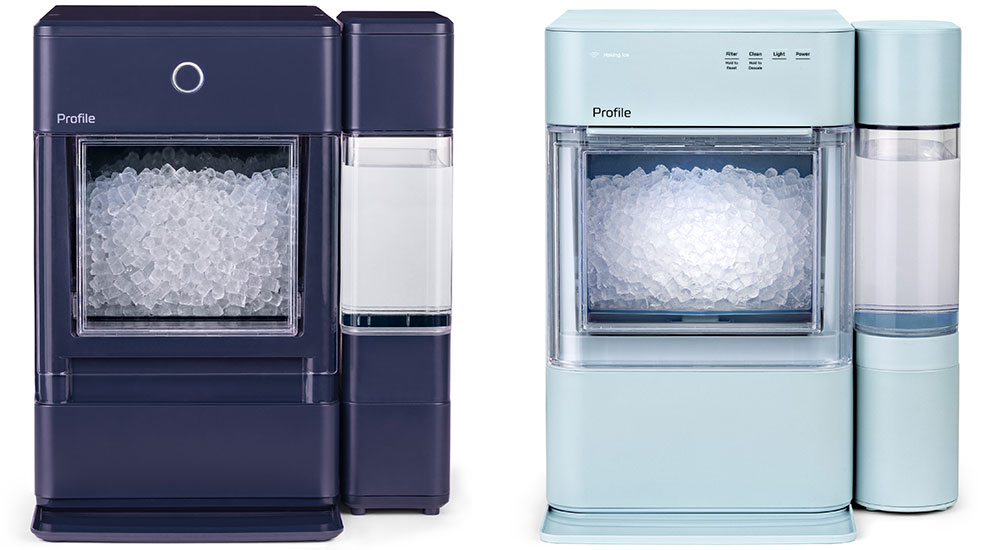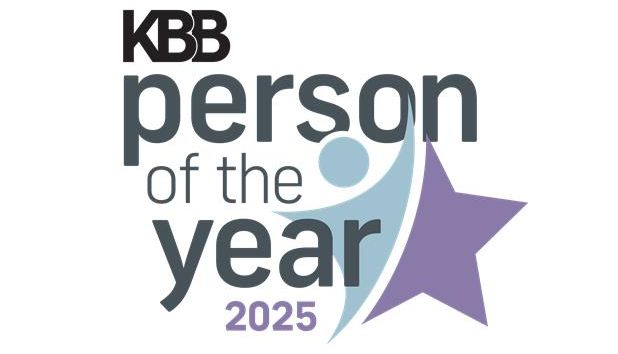To offer consumers a new level of personalization, GE Profile is launching two new colorways to its nugget ice makers that embody the cool aesthetic of summer. The fan-favorite GE Profile Opal Nugget Ice Maker is available in Sapphire Blue and the GE Profile Opal 2.0 Nugget Ice Maker now comes in Moonstone Blue. These new vivid color finishes allow consumers to add a pop of color to their home while they sip, scoop and crunch the chewable nugget ice texture that the GE Profile Opal line-up is known for.
Breaking free from traditional neutrals, Sapphire Blue offers a refined yet versatile alternative that still complements surrounding colors. Among GE Profile color preference tests, this color quickly became the favorite among the masses, standing out for its timeless appeal with a subtle sense of understated luxury. With its deep, elegant tone, Sapphire Blue adds a pop of opulence to conquer the conventional.
Inspired by the latest trends in fashion and home décor, the dopamine-drenched hue of Moonstone Blue brings a refreshing splash of serenity and sophistication to any space. With the finish inspired by natural stones and minerals, Moonstone Blue brings a grounded, organic feel to the Opal 2.0, while maintaining the trusted performance and features users love.
In 2015, GE Profile launched the Opal Nugget Ice Maker as the first affordable nugget ice maker designed for homeowners to recreate the craveable nugget ice often found at restaurant chains. Now, 10 years later, GE Profile continues to build on the adoption of the original Opal with new upgrades and stylish designs.
To arrive at these two new finishes, GE Profile and GE Appliances’ Industrial Design Organization, a multidisciplinary team dedicated to the design and innovation of GE Appliances’ products, took a thoughtful approach to identify hues that reflect that latest trends and resonate with consumers – taking inspiration from other industries such as fashion and automotive. Next, the colors were put through a series of iterative tests and evaluations to see how each finish would perform in real-world environments. Factors such as lighting, material interaction and long-term durability were tested to ensure color consistency.









